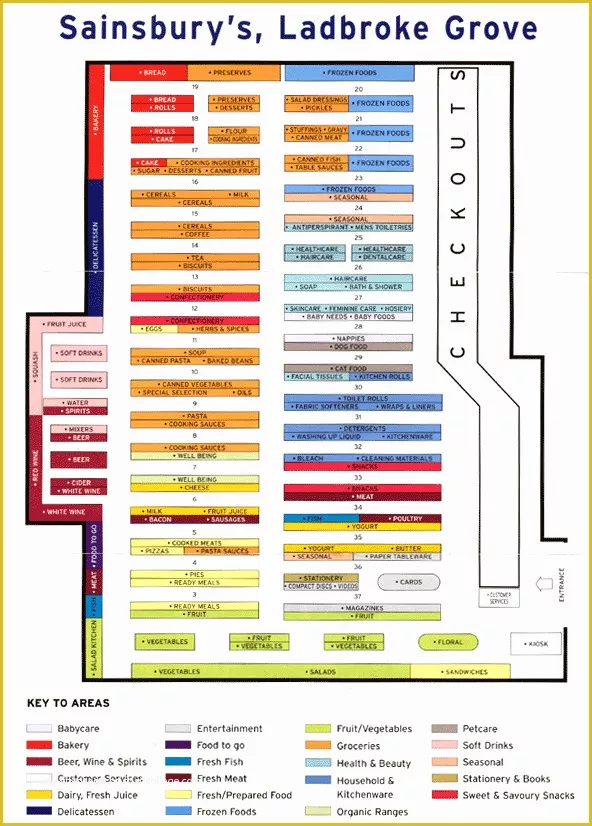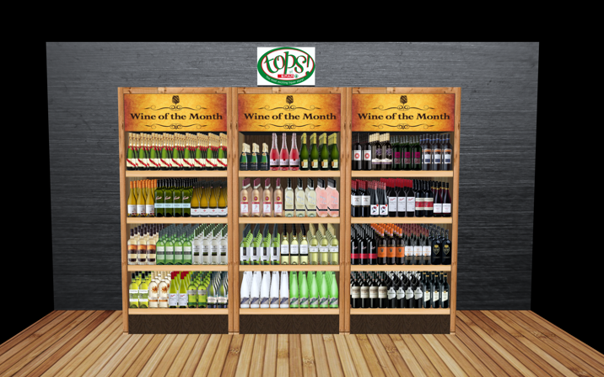
As merchandisers know, where a product is placed, both on the shelf and in a store, can influence sales and eliminate wasted space. Just so we’re all using the same terminology: a planogram in this context is a visual diagram or drawing that shows the number and placement of products to be placed on display in a retail store. When retail clients come to us with the problem of sharing their retail merchandising planograms across multiple store locations I know that we can make a lot of those headaches go away by providing a simple solution that keeps everyone on the same page.

SmartDraw makes creating a planogram easy with built-in templates and symbols you can drag-and-drop onto your layout.Imagine, if you will, trying to plan out the merchandising for a nationwide retail chain with tens of thousands of items and thousands of employees - and then try to imagine how you would ensure that every store is compliant with the company’s brand and promotional programs…


For example, you'll often find sugary kid-centric cereals on the bottom shelves while healthy, high-fiber ones will be placed higher. Their lower level placement may even make it easier for children to grab products to add to their parents' carts. However, products on the bottom shelf may be eye-level for children. Products placed at eye-level may sell better than products placed on the bottom shelf. For example, stores will first group all bread-like products in the same aisle and then will often place peanut butter, jelly and other condiments in the same place to help remind shoppers to stock up on those items at the same time.

Making a planogram is a delicate balance of logical organization such as grouping items in the same category and taking advantage of consumer behavior and psychology to expose them to new or highly profitable products, and increasing sales by using cross-selling techniques and triggering impulse buy behaviors.


 0 kommentar(er)
0 kommentar(er)
